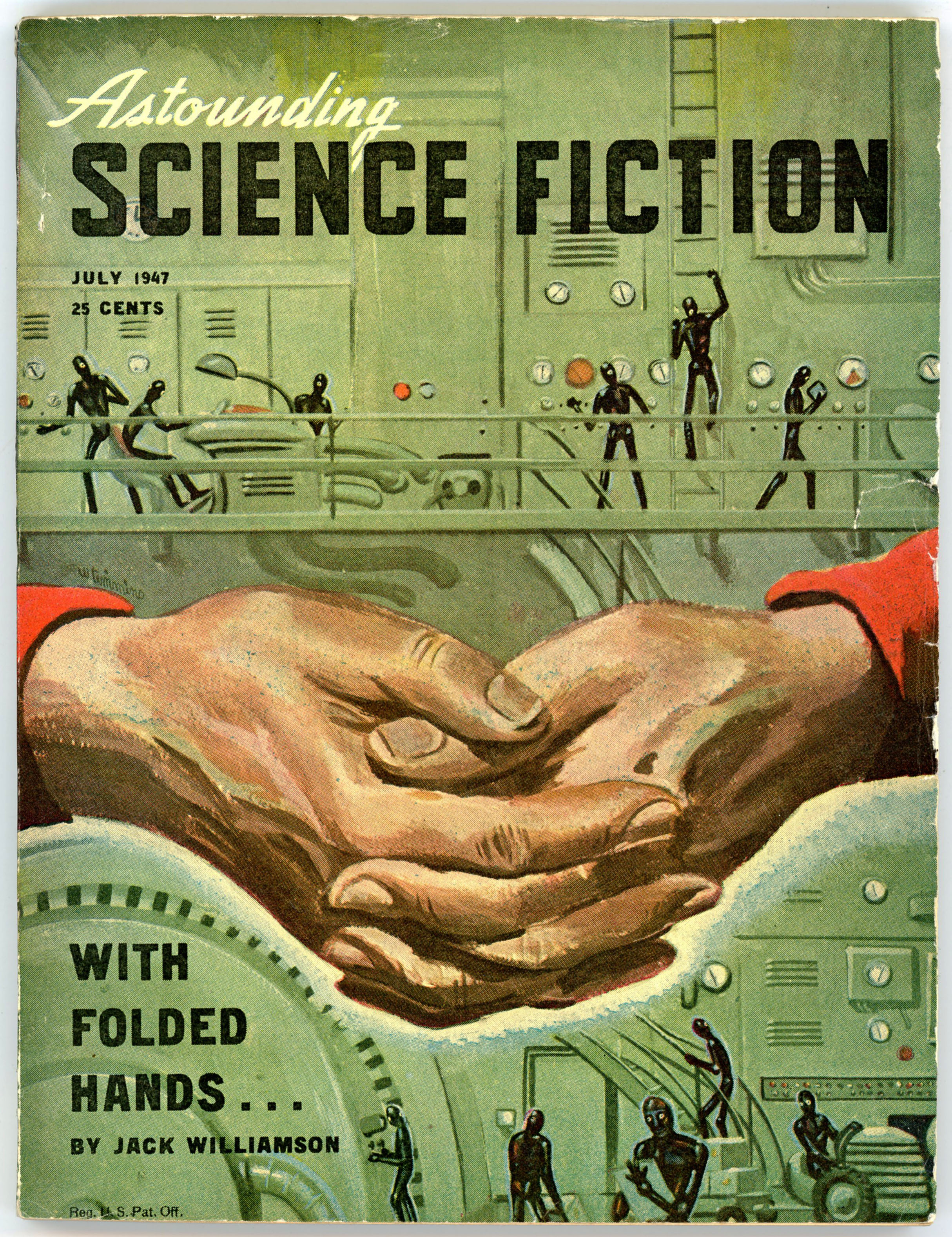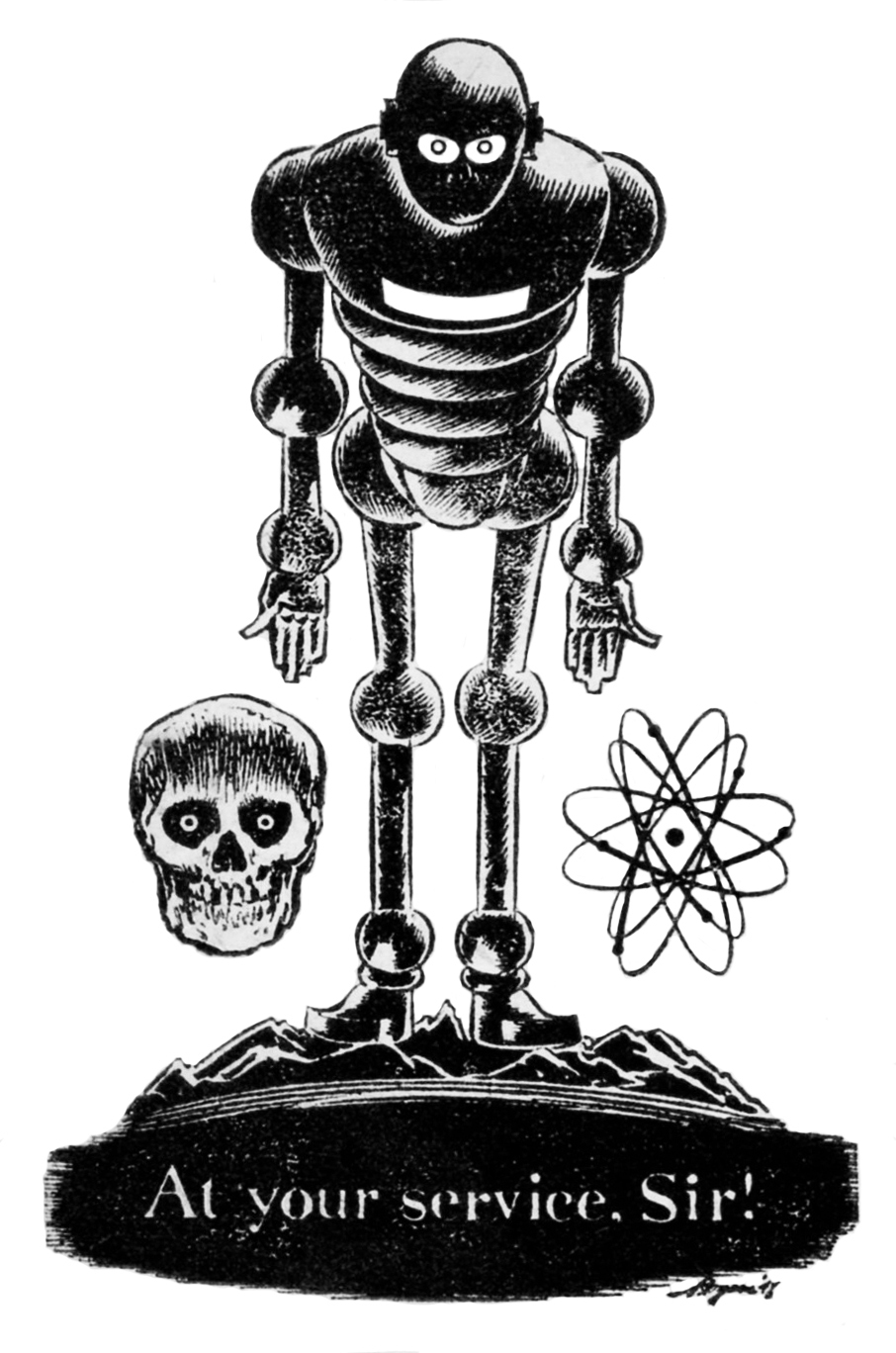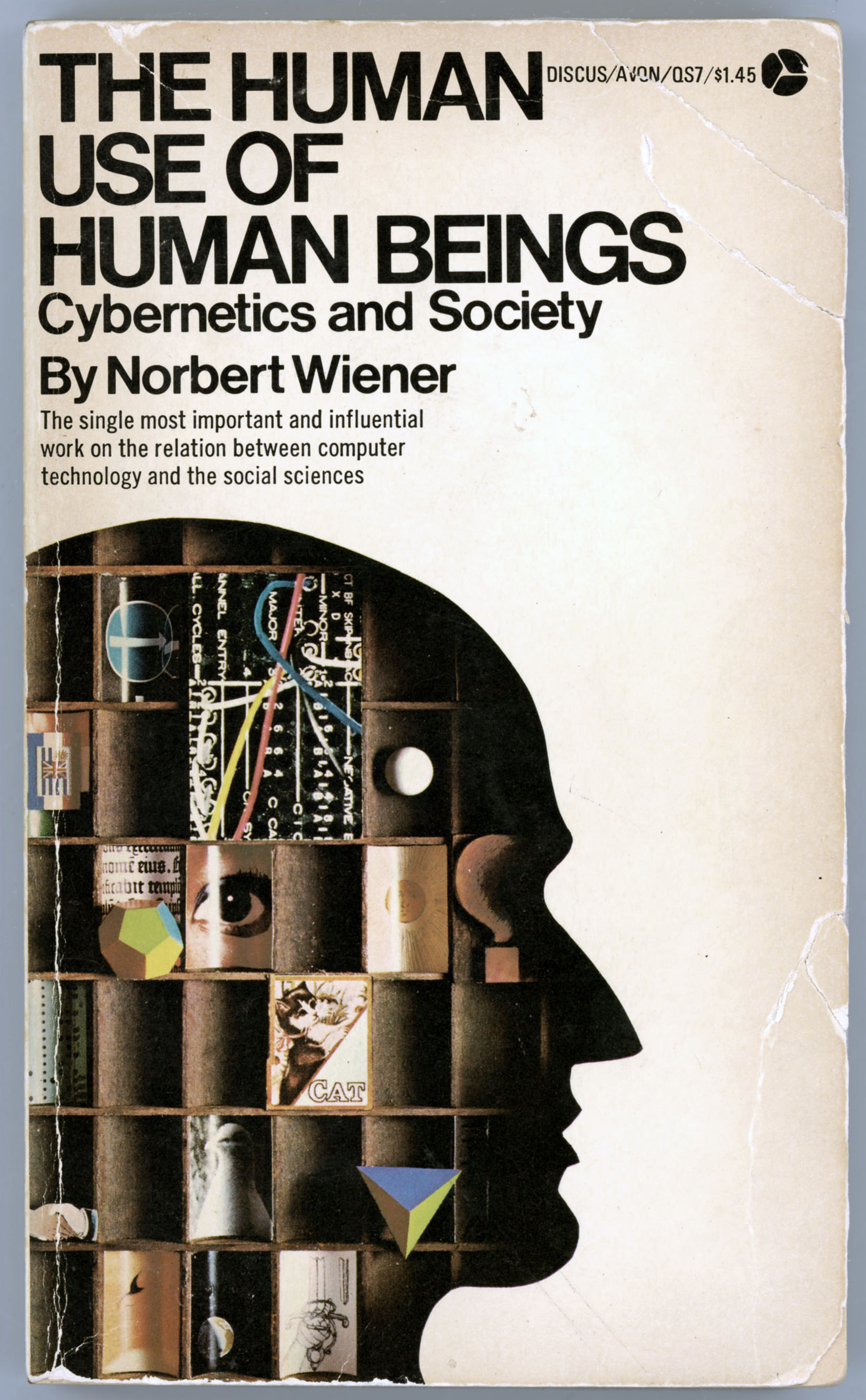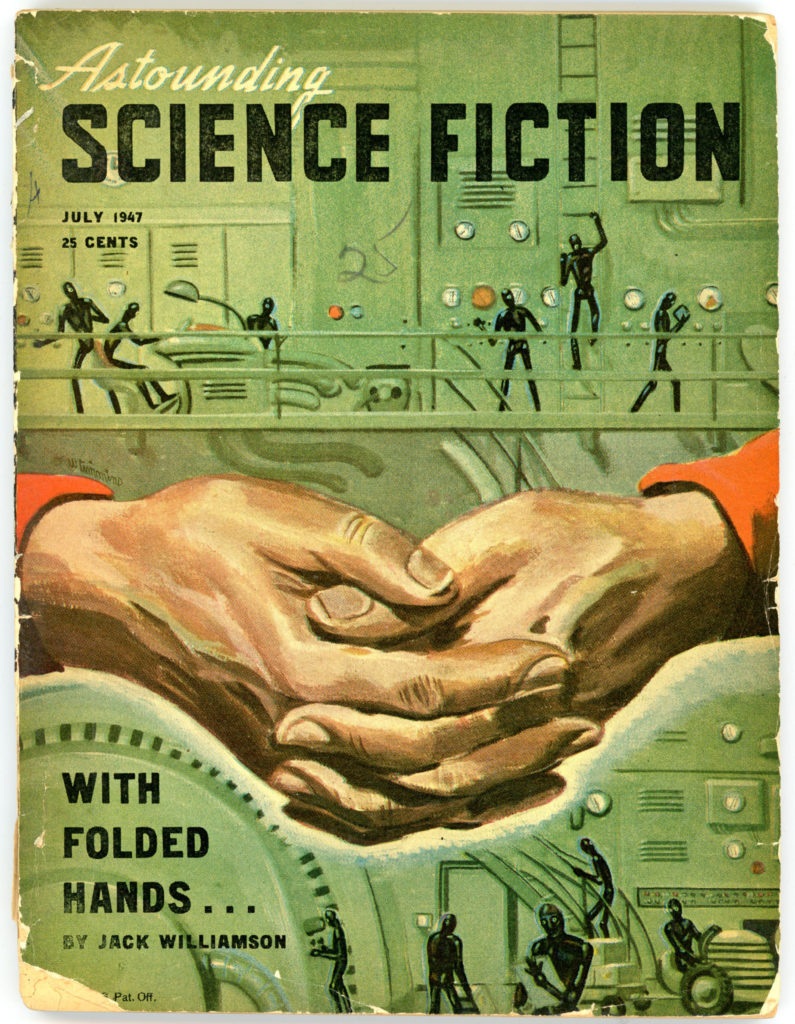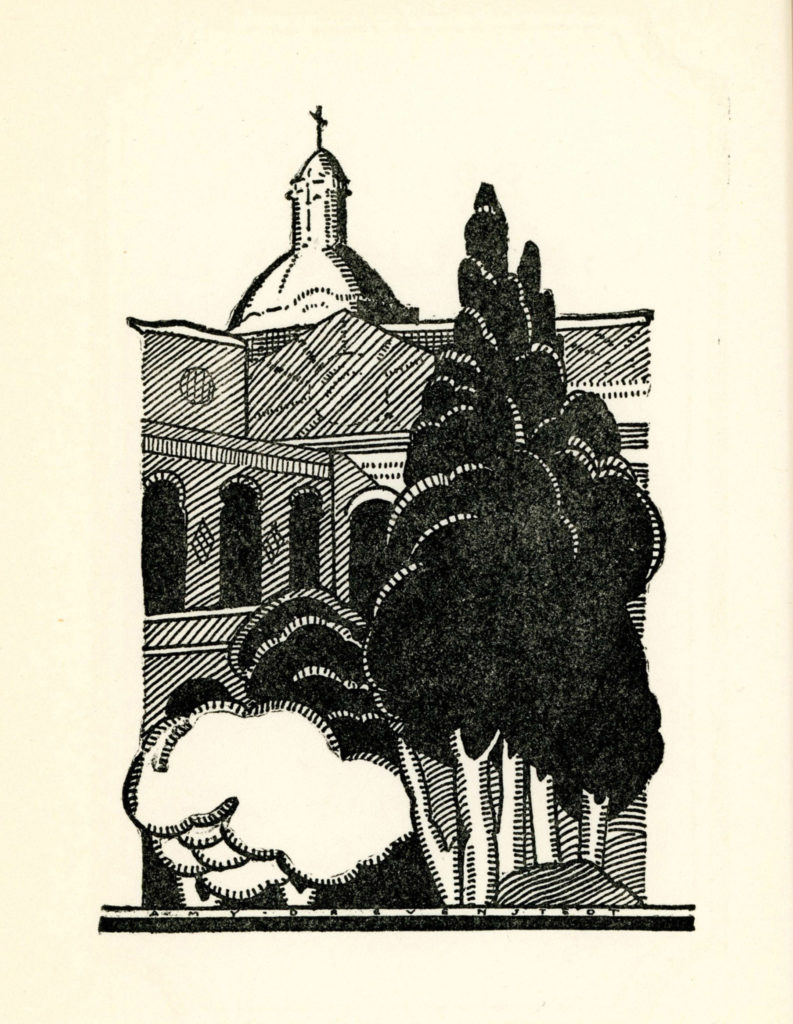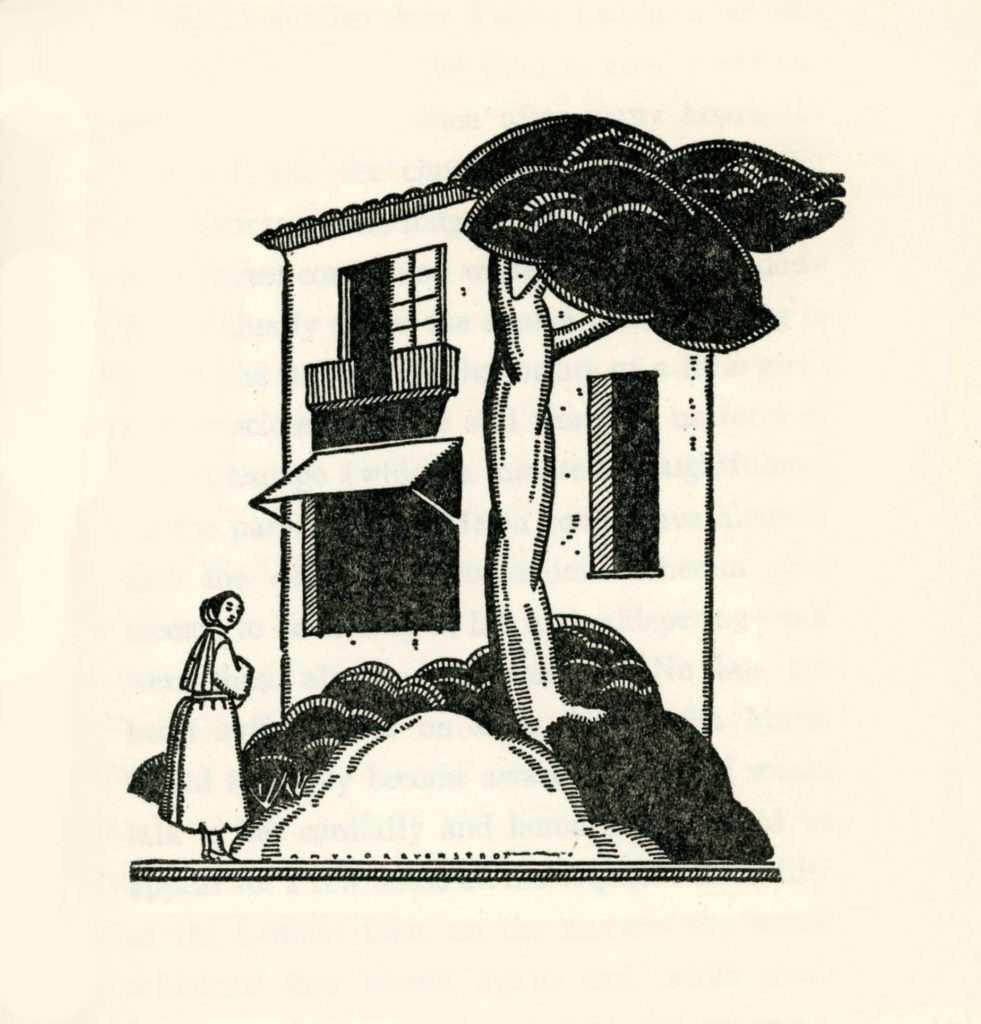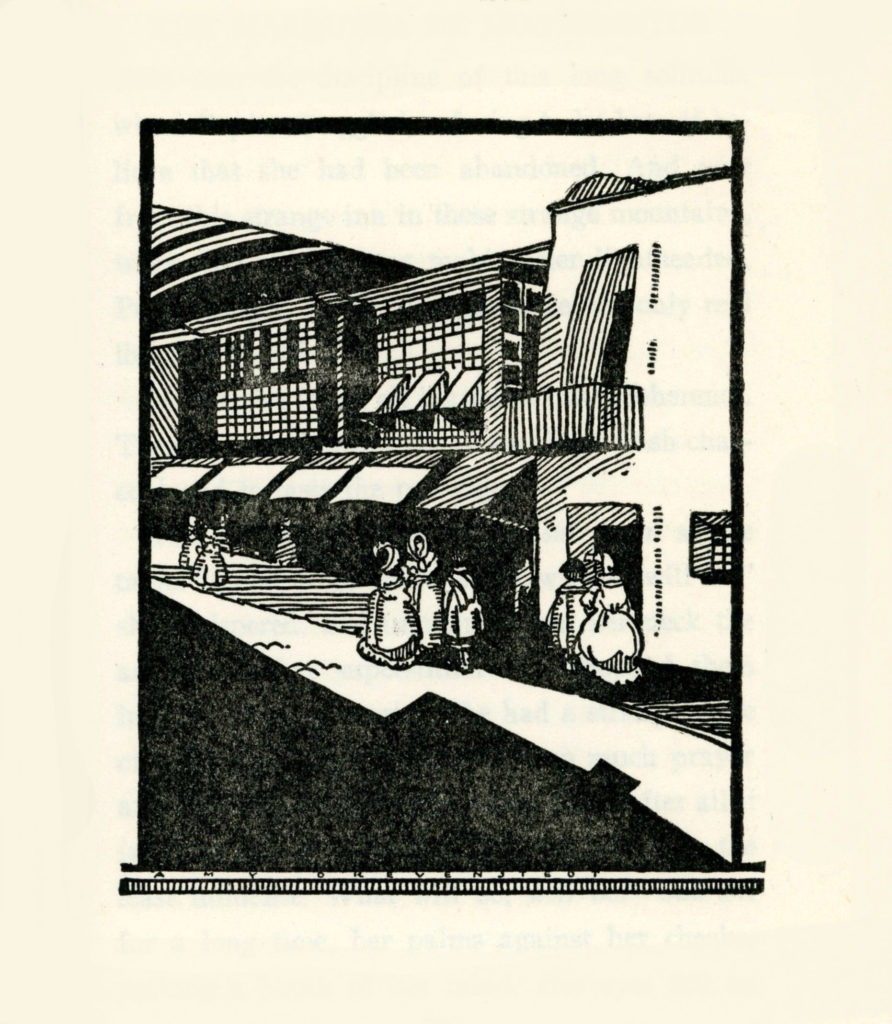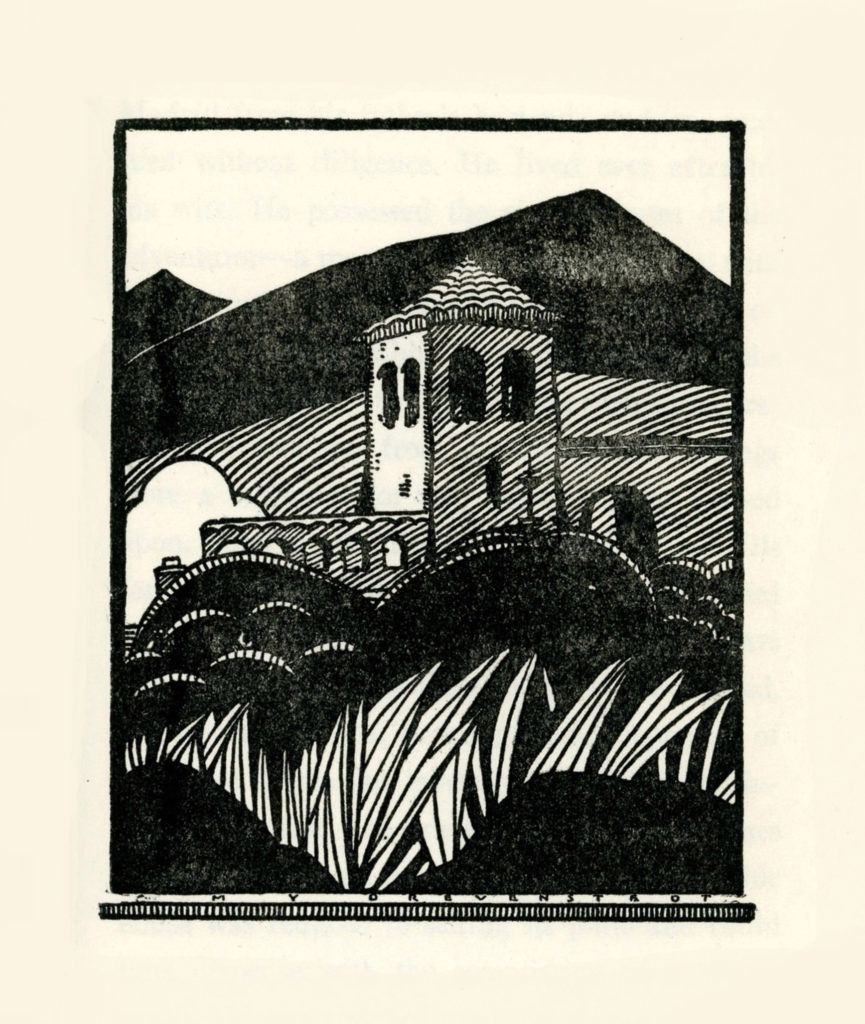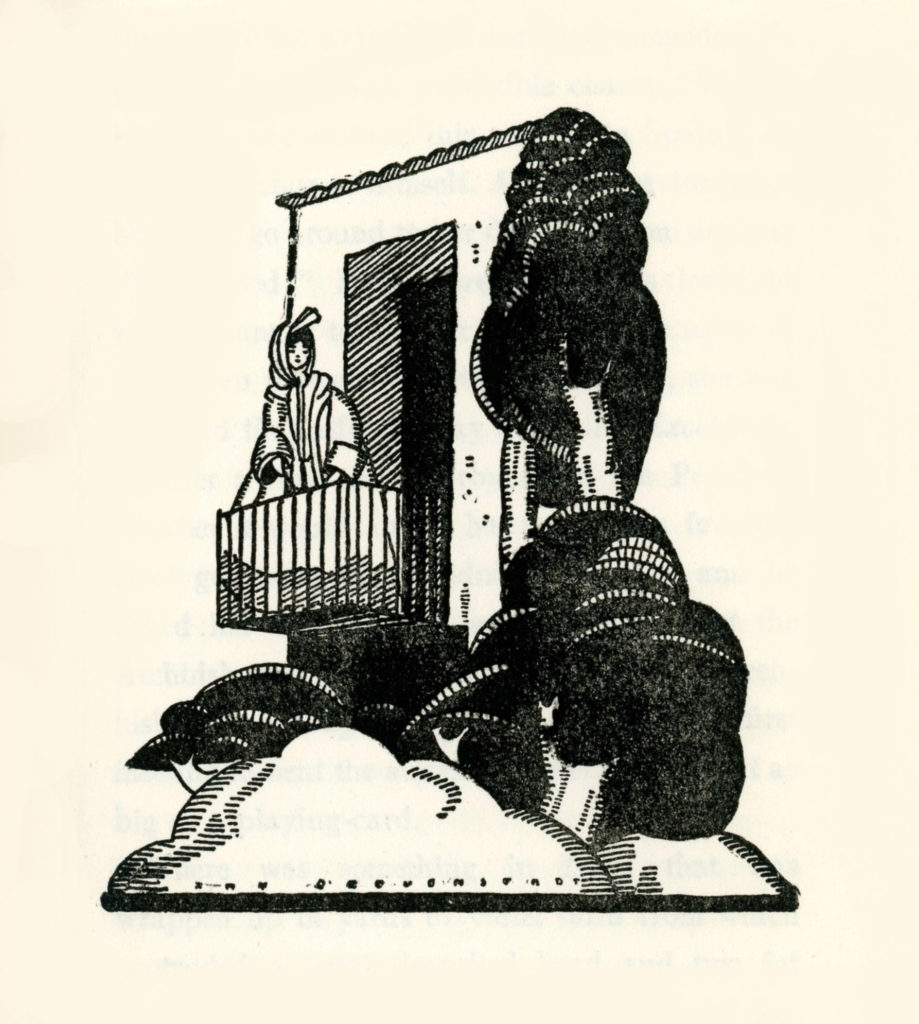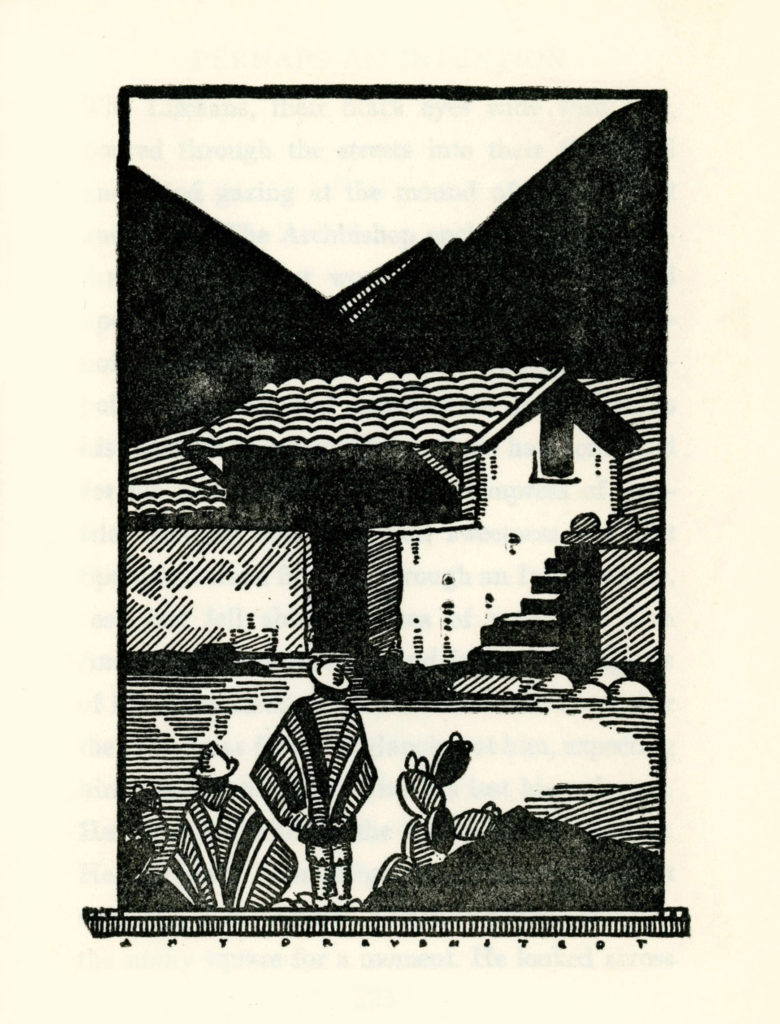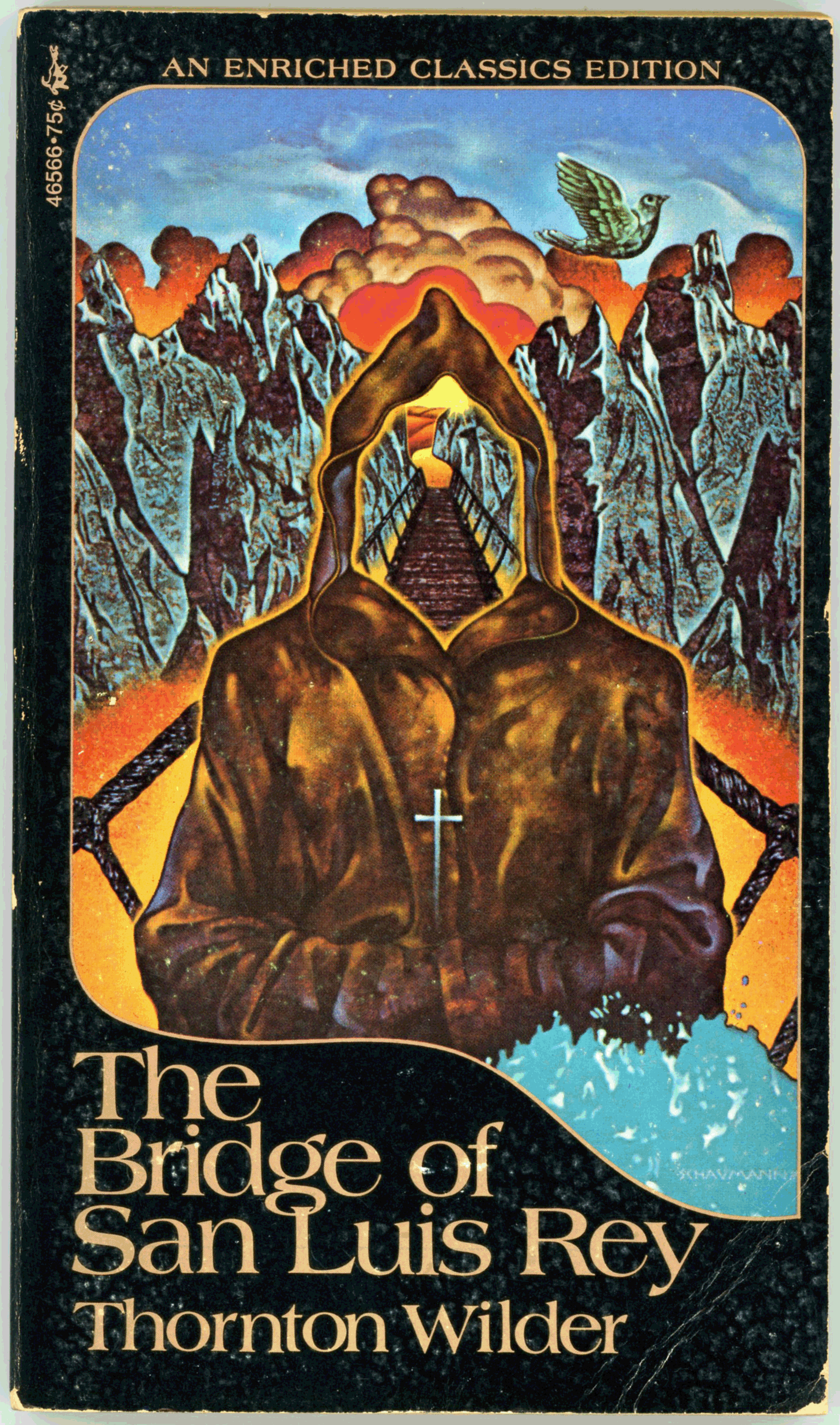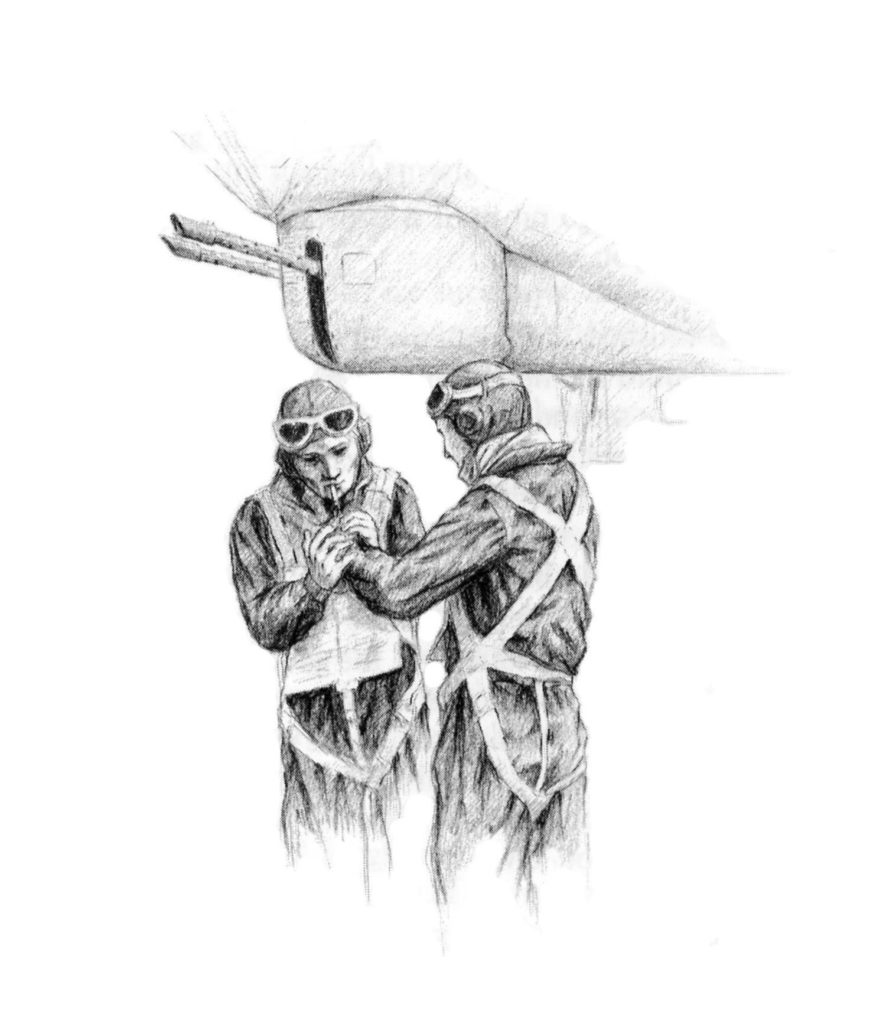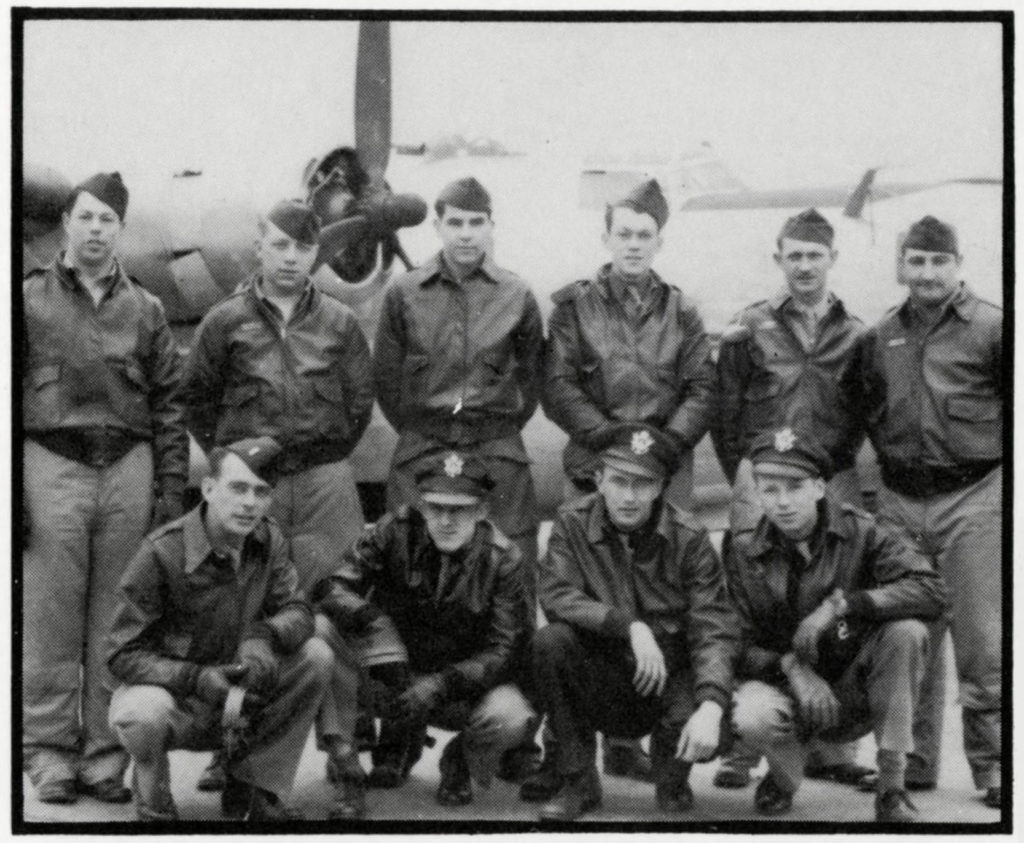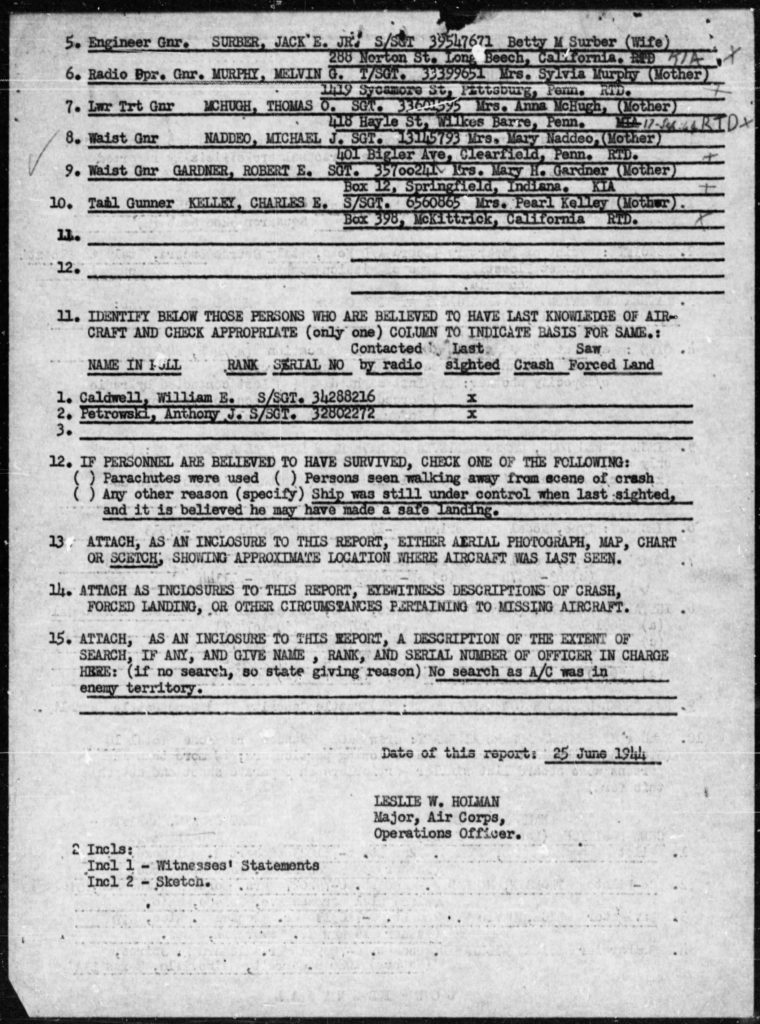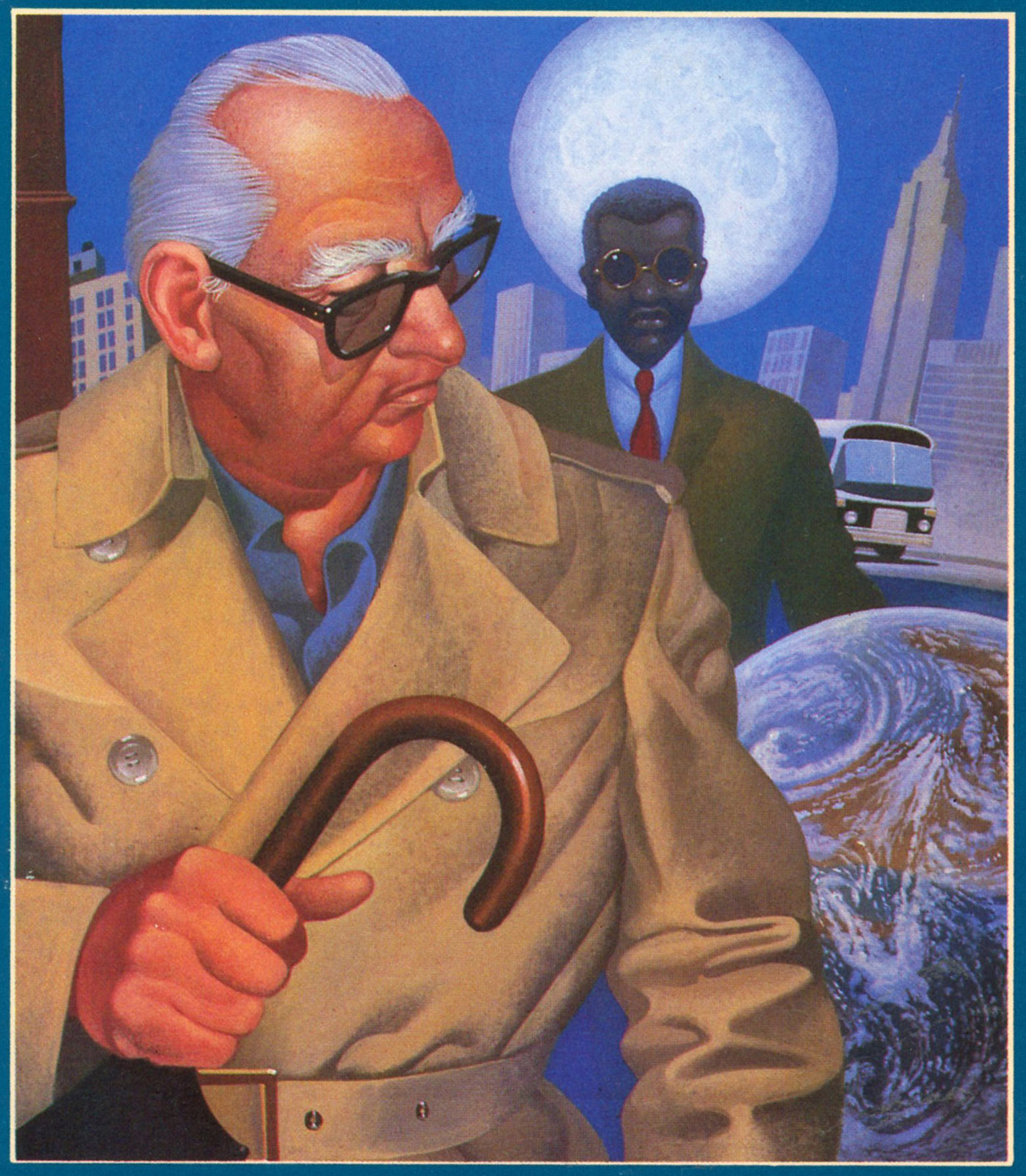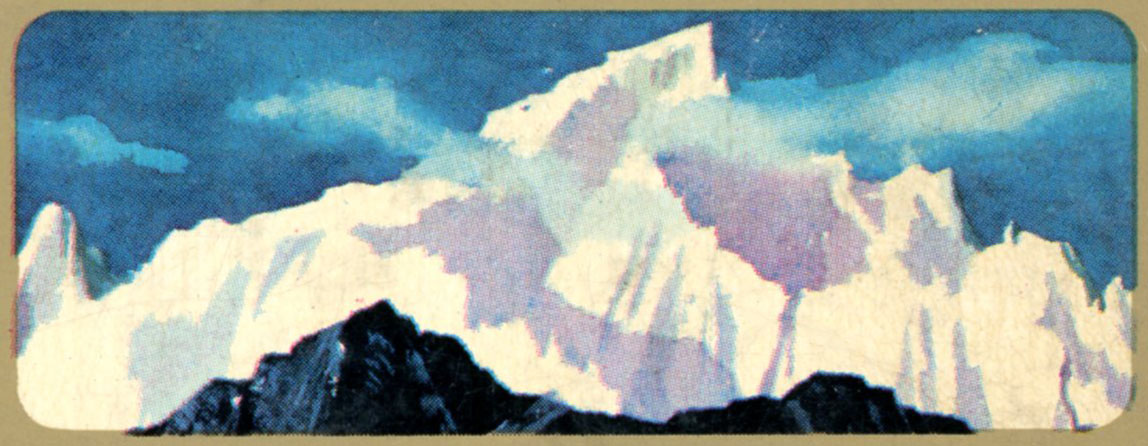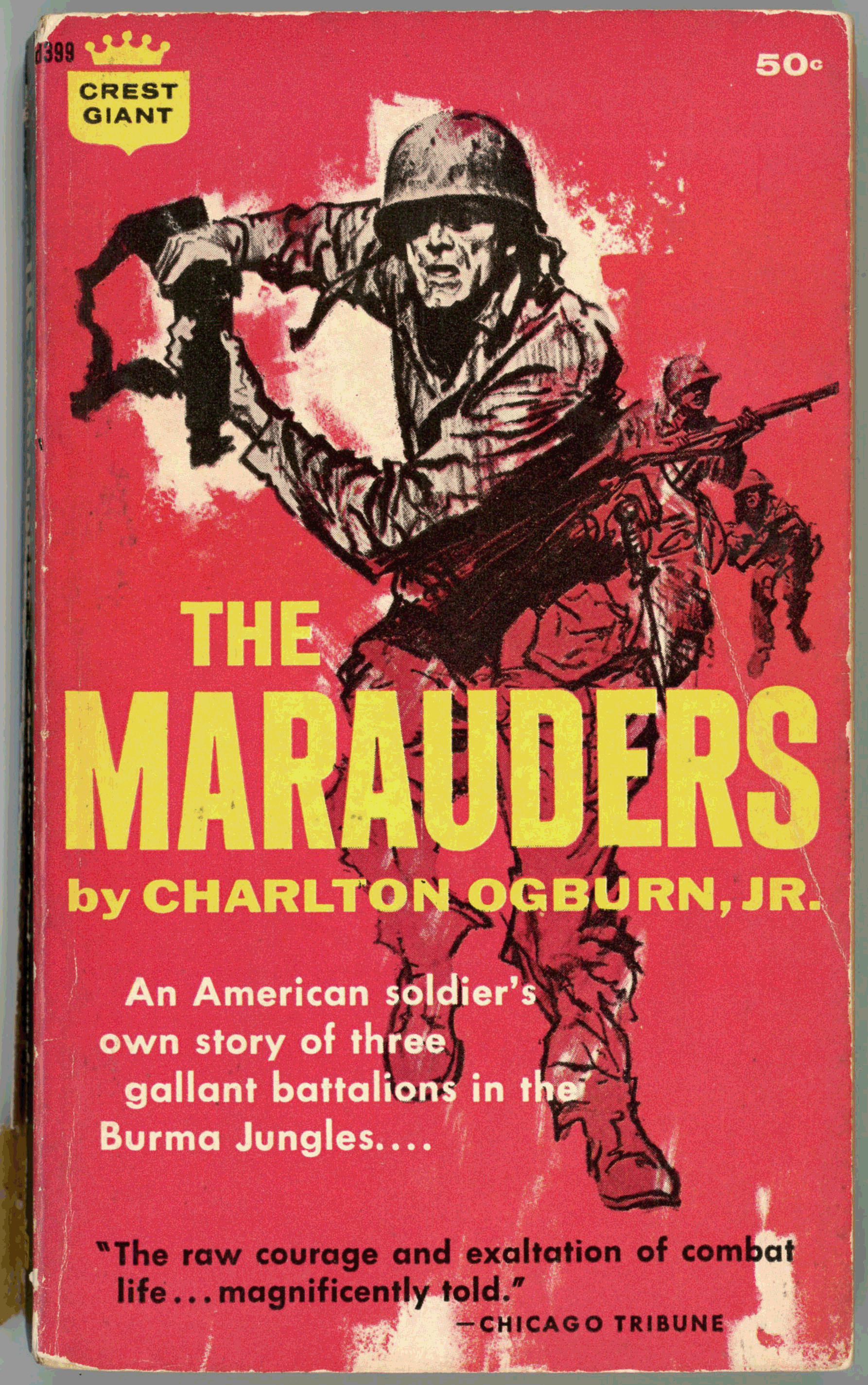“May you live unenvied,
and pass many pleasant years unknown to fame;
and also have congenial friends.”
– Ovid
“A tribute which bears full truth and honesty
will refuse to apply the conventional words of courage,
gallantry, heroism and bravery to the acts
which every fallen soldier was performing at the time of his death.
Some of our beloved comrades died embittered, scared and lonely deaths.
None ever “gladly” died because they were inspired by patriotism.
But they all died in the fulfillment of their duty.”
– Garrett Middlebrook
Like R.E. “Peppy” Blount’s We Band of Brothers, Garrett Middlebrook’s Air Combat At 20 Feet is an account of the experiences of a B-25 Mitchell “strafer” pilot in the Pacific Theater of War, an aspect of Second World War military aviation history that’s generated far fewer first-hand accounts than – for example – fighter combat in general, or, the Eighth Air Force’s aerial campaign against Germany. Perhaps this has been because the magnitude of Pacific Air Combat involved smaller numbers of men and aircraft – and thus total cumulative losses of either – than strategic bombing in Europe; possibly because due to factors of distance, climate, and living conditions, the Pacific engendered less attention and both public and media awareness than air combat in Europe. And, maybe this is because – well, just an idea – in light of the above, in the decades following WW II, veterans of “strafer” units felt less impetus to preserve their memories in written form, out of the perception that the public would simply not be that interested in their memoirs. (I don’t know. Well, like I said, just an idea!)
But, there isn’t necessarily a relationship between quantity and quality, for Garrett Middlebrook’s book is almost singular in its nature (Peppy Blount’s book sharing the other half of the literary spotlight), and definitely singular in its historical, emotional, and literary quality. At over 400 pages long and dense with detail, the book’s foremost aspect to me is actually the depth and sensitivity of Middlebrook’s writing, which – though very rich in detail about his military experiences – in a not-so-subtle way, directs a greater focus on recollection of his fellow aviators, both those who survived, and those who did not, in what might be deemed an understandably cathatric fashion. Two such individuals, among many, are Major Ralph Cheli and navigator 2 Lt. Louis J. Ritacco, both of whom were murdered while POWs. Another notable aspect of the book is that it provides a platform for Garrett Middlebrook to present thoughts of a philosophical nature, in forms of either lengthy musings, or dialogues with fellow members of the 405th Bomb Squadron, about the cruelty and comradeship inherent to war, government, economics, and, human nature. To give you an inkling of the depth of his thoughts, this post includes – below – some passages from the book.
As for the book’s cover art, well, it’s unusual. Though the B-25s (on front and rear covers), and Japanese Oscar (on the rear cover; the covers don’t form a continuous painting) are aren’t perfectly proportioned compared to the appearance of the actual aircraft, the symbolism of both covers is very striking, as are the colors that were used to create these compositions. They’re both simple and complex at once, and reminiscent of the style of “Grandma Moses” (Anna Mary Robertson Moses).

 My only criticism of the book is its paucity of photographs, for images of the many men mentioned within its pages would give the text even greater impact. And, though the book does feature an image of Garrett Middlebrook’s crew, it’s strangely lacking a good image of Garrett – himself.
My only criticism of the book is its paucity of photographs, for images of the many men mentioned within its pages would give the text even greater impact. And, though the book does feature an image of Garrett Middlebrook’s crew, it’s strangely lacking a good image of Garrett – himself.
This blog post rectifies that: Here’s a portrait of Garrett sitting in the pilot’s seat of a B-25. It’s U.S. Army Air Force photo “A47039 / 4002”, from Fold3.com. The caption? “Captain Garrett B. Middlebrook, Springtown, Texas, Fifth Air Force bomber pilot who has been awarded the Distinguished Service Cross by General MacArthur “for extraordinary heroism in action” in New Guinea.”
“Print received from B.P.R. (Air Forces Group), date unknown.”
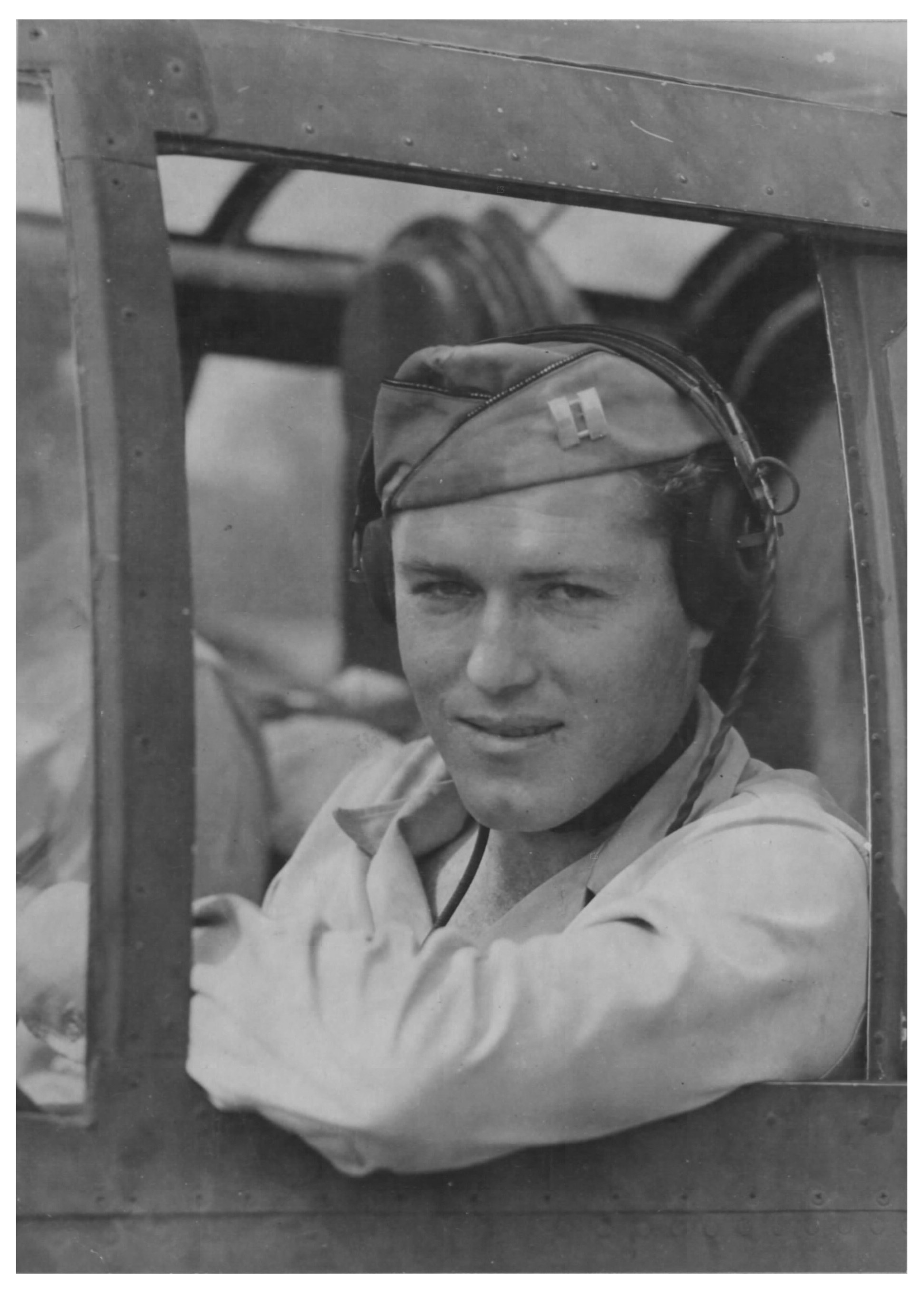 ______________________________
______________________________
Some passages, with mention of Major Ralph Cheli…
Even though I could not conquer my fear of death,
I felt it would be a sin and a violation of my manhood not to fight to live,
even though I might only extend my life one day or one hour.
It would also have been a grievous sin if I did not give all I had by way of experience,
skill, innovative methods, leadership and calm, collective demeanor to my comrades.
Perhaps if I did all that I could to assuage their fears and motivate them to fight,
one more crew would survive.
Besides, it only made sense that I had a better chance to survive if I did all those things.
I thought of Cheli; I knew he had experienced fear,
but he had controlled it never allowing it to surface in an apparent way.
Perhaps, I thought, notwithstanding centuries of rhetoric about courage,
all it really amounted to was the concealment of personal fear.
In all probability, that was all Cheli had done –
concealed his fear and kept it hidden even when he was going down.
For over a year I had lived within a few yards of the jungle
together with the other crewmen in my squadron.
Although we were all male and far from home and civilization,
we did form a little social community.
Values still existed, morals still prevailed
and it was important to me that my comrades respected me.
Respect was not something they accorded to me ceremoniously;
instead, they showed it only if I earned it through leadership
and I had to prove that leadership again on each mission.
When I came to grips with myself,
I knew I could not lose their respect nor fail to perform my duties to them.
I admitted to myself at last,
that although I fought first for personal survival,
I was also duty-bound to the survival of the group. (pp. 401-403)
______________________________
Here’s the insignia of an original (early 1945) Australian manufactured 405th BS “Green Dragon” squadron patch (from Flying Tiger Antiques).
 ______________________________
______________________________
Images of Garrett Middlebrook with two crews, from the book Sun Setters of the Southwest Pacific Area – From Australia to Japan: An Illustrated History of the 38th Bombardment Group (m), 5th Air Force, World War II – 1941-1946, As Told and Photographed by the Men Who Were There. Most, if not all, of the men in these images are mentioned or described in Middlebrook’s book.
Captions appear below both photos.
 The crew of 1 Lt. Garrett Middlebrook. Front, from left, are S/Sgt.Robert J. Kappa, engineer-gunner; Sgt. Robert T. Lillard, Jr., radio operator; Sgt. George R. Pizor, gunner. Back, from left, are 1 Lt. Middlebrook, pilot; 2 Lt. Leonard D. Perry, bombardier; 2 Lt. Louis J. Ritacco, navigator, and an unidentified airman. (George Pizor collection)
The crew of 1 Lt. Garrett Middlebrook. Front, from left, are S/Sgt.Robert J. Kappa, engineer-gunner; Sgt. Robert T. Lillard, Jr., radio operator; Sgt. George R. Pizor, gunner. Back, from left, are 1 Lt. Middlebrook, pilot; 2 Lt. Leonard D. Perry, bombardier; 2 Lt. Louis J. Ritacco, navigator, and an unidentified airman. (George Pizor collection)
__________
 Capt. Garrett Middlebrook and his crew. Front, from left, are S/Sgt. Robert S. Emminger, gunner, and T/Sgt. Robert T. Lillard, Jr., radio operator. Back, from left, are 1 Lt. Everett L. Moffett, navigator, Capt. Middlebrook, pilot, and Capt. William H. Tarver, pilot and aircraft commander. (Garrett Middlebrook collection)
Capt. Garrett Middlebrook and his crew. Front, from left, are S/Sgt. Robert S. Emminger, gunner, and T/Sgt. Robert T. Lillard, Jr., radio operator. Back, from left, are 1 Lt. Everett L. Moffett, navigator, Capt. Middlebrook, pilot, and Capt. William H. Tarver, pilot and aircraft commander. (Garrett Middlebrook collection)
______________________________
1 Lt. Louis J. Ritacco. He was a member of Major Williston Madison Cox, Jr.’s crew in B-25D 41-30118 (“Elusive Lizzie” / “Miss America”), which was shot down by anti-aircraft fire during a search and destroy mission near the town of Madang. One member of the crew of six was killed when the plane was ditched, and the five survivors swam to nearby Wongat Island, where four (including Major Cox) were captured later that day. Lt. Ritacco evaded capture for several days, but without food or water, was forced to give himself up to the Japanese.
Eventually, Major Cox was flown to the Japanese base at Rabaul, and from there placed upon a transport ship and taken to Japan where, at Omori POW camp, he spent the remainder of the war as a POW.
Lt. Ritacco and his three surviving crew members remained at Madang, where – with another member of the 38th Bomb Group who was also a POW, 2 Lt. Owen H. Salvage – they were murdered by their captors on August 17, 1943.
You can read much more about this story at the history of B-25D 41-30118 and its crew, at Pacific Wrecks.
______________________________
This image shows Louis J. Ritaccco as an Army Air Force aviation cadet…

…and his tombstone, at Saint Mary’s Cemetry, Rye Brook, New York, as photographed by FindAGrave contributor James Mayer.
 ______________________________
______________________________
And, below is Williston M. Cox, Jr.’s Aviation Cadet portrait.
Williston Madison Cox., Jr. passed away in 1980. Of all the members of the 38th Bomb Group taken prisoner by the Japanese, he was the only man to survive captivity and return to the United States.
The above two portraits are from the United States National Archives’ collection “Photographic Prints of Air Cadets and Officers, Air Crew, and Notables in the History of Aviation”, about which you can read more, here. The story of Major Cox and his crew is addressed at length by Garrett Middlebrook.
______________________________
EPILOGUE
The painful irony of war is that, aside from human loss,
suffering and agony, it creates more problems than it solves.
The victors, becoming powerful and dominating,
form new rivalries more intense than those which existed with the vanquished.
The peace treaties which are imposed upon the vanquished
are enigmatic riddles bereft of reason and certain
only to permit clever and ambitious politicians to start the next cycle of international friction
as a means of maintaining power.
Of course, in the process the memory of the war dead from the previous war must be dimmed;
otherwise enthusiasm for the next war would never be tolerated.
But we combat veterans dare not let their memory fade,
for God help a nation which forgets its war dead.
Hence this chronicler acknowledges a debt of immense gratitude to
the fallen World War II Service men and women.
A tribute which bears full truth and honesty
will refuse to apply the conventional words of courage,
gallantry, heroism and bravery to the acts
which every fallen soldier was performing at the time of his death.
Some of our beloved comrades died embittered, scared and lonely deaths.
None ever “gladly” died because they were inspired by patriotism.
But they all died in the fulfillment of their duty.
Courage, valiancy, dauntlessness, heroism and bravery are words used by the living
to try to place the altar of patriotism on the field of battle.
It does not belong there and it will not accurately reflect the sacrifices of our fellow comrades
even if it is erected.
But the Shrine of Duty,
embossed with walls of shining gold,
stands proudly upon that hallowed ground.
It stands because our war dead performed their duty to their comrades
and their commitment to themselves.
We do them a grave injustice if we condemn them for lacking the qualities we have selected for them.
They gave all they had to give
and their names must forever be spoken softly and reverently or else evil will fall upon this country,
for if we do not revere our war dead, we are unworthy of their sacrifice. (pp. 449-450)
References
Middlebrook, Garrett, Air Combat at 20 Feet – Selected Missions From a Strafer Pilot’s Diary (A World War II Autobiography) [2nd Printing – Expanded Edition], Garrett Middlebrook, Fort Worth, Tx., 1989
Hickey, Lawrence J.; Janko, Mark M.; Goldberg, Stuart W., and Tagaya, Osamu, Sun Setters of the Southwest Pacific Area – From Australia to Japan: An Illustrated History of the 38th Bombardment Group (m), 5th Air Force, World War II – 1941-1946, As Told and Photographed by the Men Who Were There, International Historical Research Associates, Boulder, Co. (and) The 38th Bomb Group Association – (or) Albert A. Kennedy, Sr. (or) David Gunn, 2011


